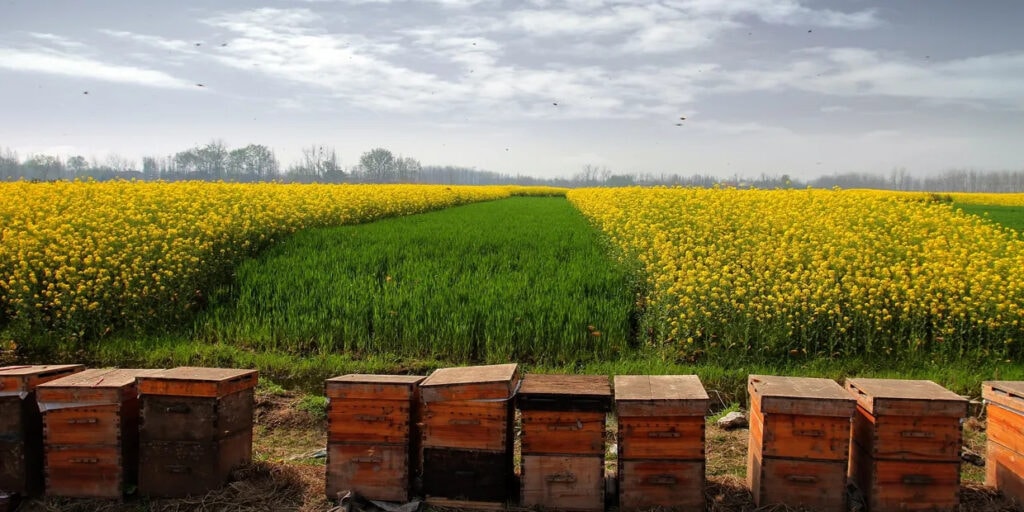Contrasting Endomycorrhizal and Ectomycorrhizal Fungi
Contrasting Endomycorrhizal and Ectomycorrhizal Fungi. Although both endomycorrhizal and ectomycorrhizal fungi form symbiotic associations with plants, they differ significantly in their ecological and physiological characteristics.
Internal vs. External Colonization. Endomycorrhizal fungi colonize the root cells, forming arbuscules within the cortical tissue. In contrast, ectomycorrhizal fungi develop a sheath-like structure called the Hartig net around the root surface, extending their hyphae into the soil without penetrating the root cells. This fundamental difference in colonization strategies impacts their respective nutrient acquisition mechanisms and ecological interactions. Endomycorrhizal fungi deliver nutrients directly into the plant’s root system. Ectomycorrhizal fungi transport nutrients and put it in direct contact with the plant’s roots through the Hartig net for easier absorption.
Host Specificity. Endomycorrhizal fungi exhibit a wide host range, forming mutualistic associations with most plant species, including agricultural crops. On the other hand, ectomycorrhizal fungi primarily associate with trees, particularly in forests, and exhibit a higher degree of host specificity. This variation in host preferences is critical when considering the potential applications of these fungi in agriculture.
Nutrient Exchange Mechanisms. Endomycorrhizal fungi predominantly enhance plant nutrient uptake by increasing the solubility and availability of phosphorus in the soil. In contrast, ectomycorrhizal fungi are efficient in accessing organic forms of nitrogen and acquiring nutrients from organic matter decomposition. The distinct nutrient exchange mechanisms employed by these fungi reflect their adaptation to different ecological niches.
In contrast to ectomycorrhizal fungi, endomycorrhizal fungi demonstrate a broader host range, making them suitable for a wide variety of agricultural applications. Their ability to improve nutrient uptake, particularly in phosphorus-deficient soils, is of utmost importance in sustainable agriculture practices. Furthermore, their role in enhancing plant resistance to environmental stresses, such as drought and soil-borne pathogens, contributes to the resilience and productivity of crops. Rhizophagus Intraradices is the most widely utilized species of endomycorrhizal fungi in agriculture.
Understanding the distinctions between endomycorrhizal and ectomycorrhizal fungi is vital in harnessing their potential for agricultural benefits. While endomycorrhizal fungi establish internal colonization within plant roots, ectomycorrhizal fungi form external associations, primarily with trees. This distinction influences their nutrient acquisition strategies and ecological interactions, making them suitable for different agricultural contexts.
Endomycorrhizal fungi are essential components of agricultural ecosystems, playing a pivotal role in enhancing plant growth, nutrient uptake, and stress tolerance. Through their internal colonization within plant roots, these fungi establish a mutually beneficial relationship that promotes the well-being and productivity of agricultural crops.
CoastBio specializes in customized agriculture amendments that utilize mycorrhizal fungi.
